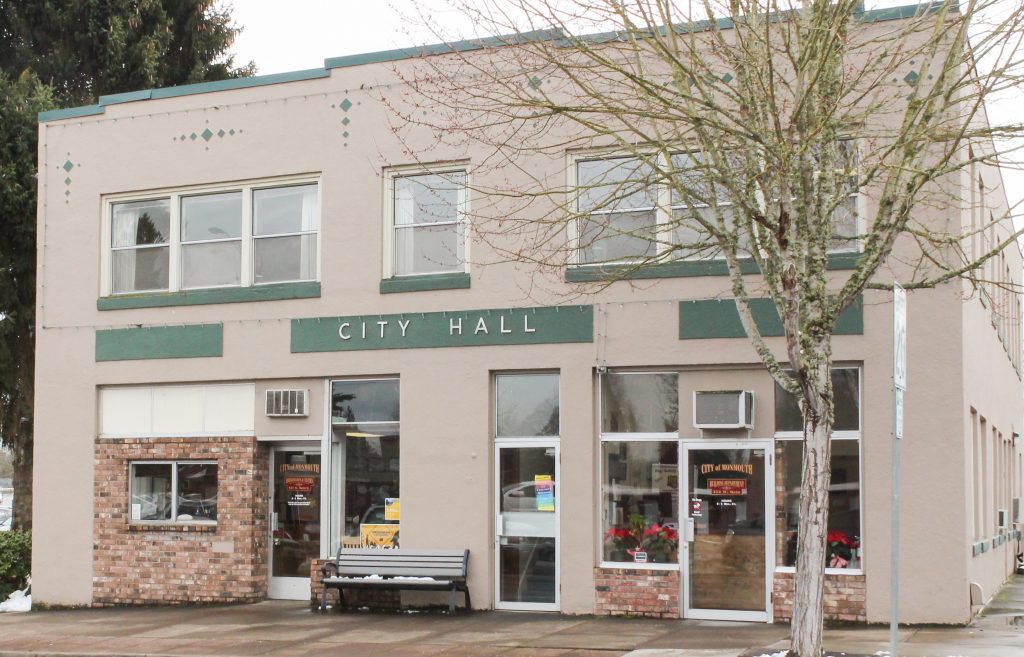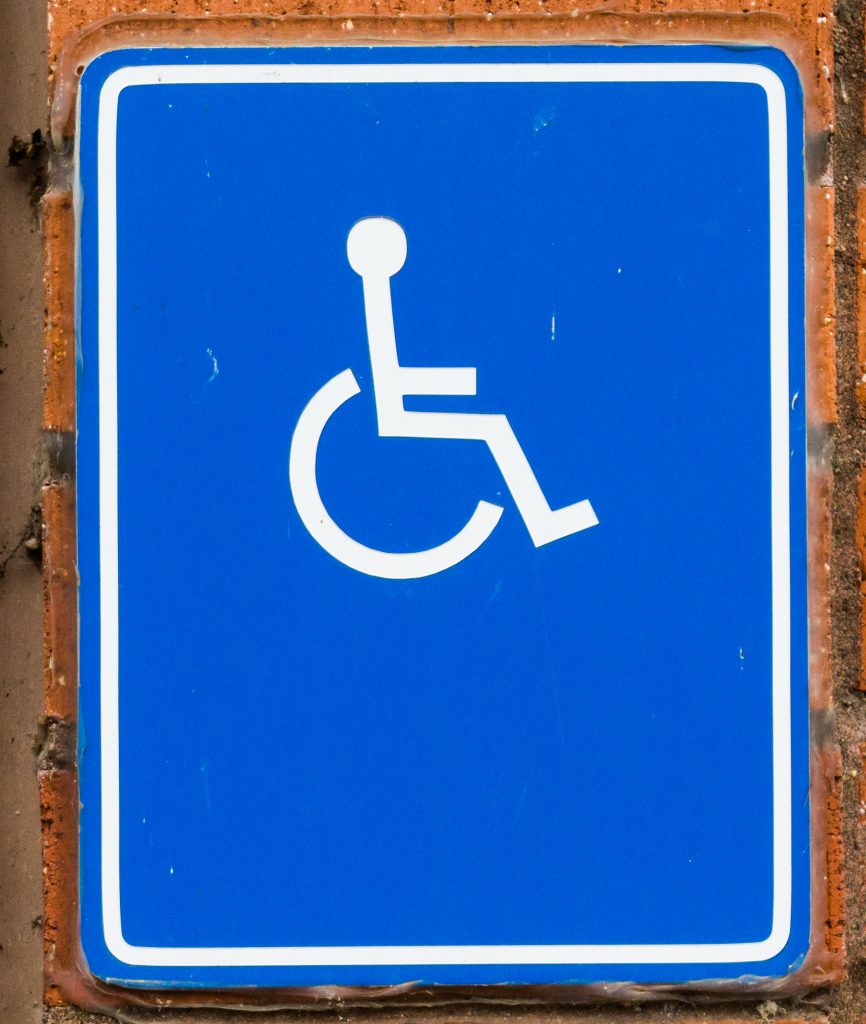
Natalie Dean | Freelancer
Western Oregon University has many support programs for students, staff and community members. One of these impactful resources is the food pantry, operating since 2012 and serving over 50 households and 120 individuals per month.
The WOU Food Pantry is open to Western students and staff, as well as local community members; data shows that 65 percent of their customers are students and 30 percent are community or staff members.
“(The food pantry) is a resource for individuals facing any level of food insecurity; so whether you need something before school or your meal plan ran out, anyone can come in for any reason and use our services,” said senior Libby Vigil, the outreach coordinator for The WOU Food Pantry. “Our motto is: take what you need, but be mindful of other customers.”
Their hours of operation, which change every term, can be found by checking on the door of the food pantry, their Facebook page “WOU Food Pantry” or by checking their website, wou.edu/foodpantry.
When going to the pantry, people either use reusable bags or the bags provided and then they take needed items from the shelves, two refrigerators and two freezers. After finding the items they’re wanting, everything is weighed on a scale and complete a quick three-minute survey is given on your experience.
“The survey has been very helpful so far. We’re partnered with Marion Polk Food Share, so every month we provide data on the number of customers and volunteers,” said junior Rachel Bayly, the student director for The WOU Food Pantry. “It also allows us to ask more questions, like if we’re helping students primarily on or off-campus. This lets us know what type of items to look for and how to best serve our customers.”
For people looking to support their efforts, any non-perishables or hygiene product donations can be brought directly to the food pantry, located at the corner of the Oregon Military Academy building; or left in the barrels, which can be found downstairs in the Warner University Center, the Hamersley Library entryway or the second floor of Bellamy Hall.
Food items must be sealed, labeled, non-expired and USDA approved if applicable. Any cash or check donations should be brought to Abby’s House, located in WUC 106.
One way that the Western community has supported The WOU Food Pantry recently is that, during the whole month of February, the WOU Student Veterans of America hosted a food drive competition to benefit the pantry. Nine campus organizations — including WOUSVA, ASWOU and Kappa Sigma, amongst others — faced off to see who could bring in the most donations for the pantry, with colored collection bins housed in the Veterans Resource Center.
For anyone searching for additional information on The WOU Food Pantry’s services, check their Facebook page for regular updates or reach out to one of the community coordinators at foodpantry@wou.edu.
Contact the author at ndean17@wou.edu
Photo courtesy of Paul F. Davis








